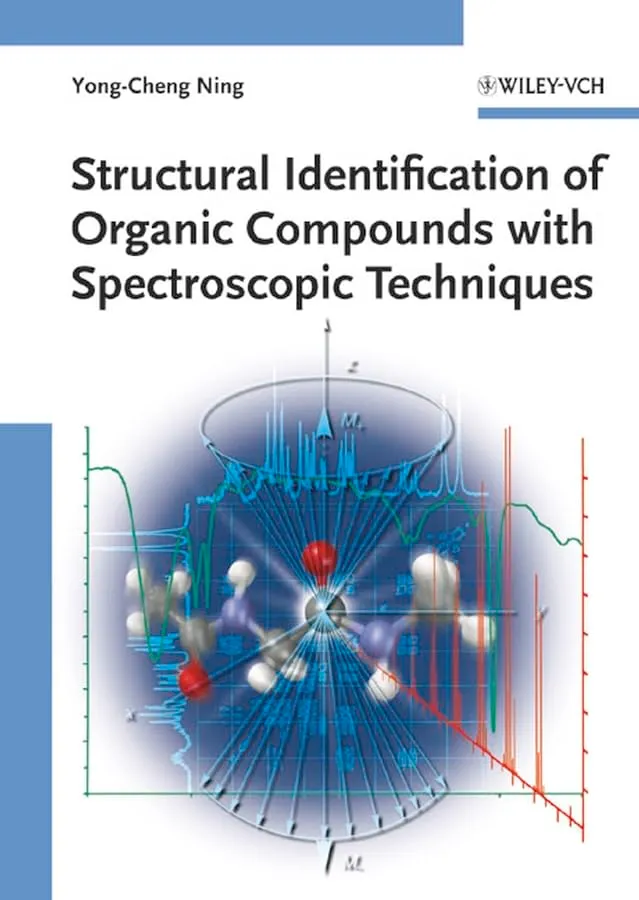Home
|
Products
|
9789356962026

Structural Identification of Organic Compounds with Spectroscopic Techniqeus | Hardcover
by Ning
Highlights

9783527312405
ISBN

Ning
Author

468
Pages

1050 gm
Weight

English
Language

2005
Year

1st Edition
Edition

Hardcover
Binding
₹8089
₹8988
Clearly structured, easy to read and optimal to understand, this extensive compendium fills the gap between textbooks devoted to either spectra interpretation or basic physical principles. The original Chinese editions have already sold over 18,500 copies, and the material is taken from the latest literature from around the world, plus technical information provided by the manufacturers of spectroscopic instruments. Alongside basic methods, Professor Ning presents up-to-date developments in NMR, MS, IR and Raman spectroscopy, such as pulsed-field gradient technique, LC-NMR, and DOSY. He stresses the application of spectroscopic methods, interpreting them in great detail and depth since most of the selected spectra may be applied to practical work, as well as summarizing the rules for their interpretation. He also incorporates his original ideas, including a comparison of the common points in different spectroscopic techniques. This monograph features a unique structure, a typical example being the discussion of 2D NMR starting from pulse sequence units, which construct various pulse sequences for related 2D NMR. A complete chapter deals with the determination of configurations and conformations of organic compounds and even biological molecules from the viewpoint of spectroscopic methodologies, while one whole section is dedicated to the interpretation of mass spectra produced by soft ionization techniques. The principles of mass analyzers, especially the ion trap, are discussed in great depth, together with a concise summary of the MS fragmentation and rearrangement of common compounds, allowing readers to easily predict related mass spectrometric reactions. All the three kinds of library retrieval of mass spectra are presented in detail, together with recent developments in molecular vibration spectroscopy. The whole is rounded off with several appendices, including a subject index for rapid reference. With a foreword by the Nobel prizewinner, Richard R. Ernst.
Online store of medical books
Discover a comprehensive range of medical books at our online store. From anatomy and physiology to the latest clinical guidelines, we've got you covered.
Trusted by students, educators, and healthcare professionals worldwide. Browse top publishers and expert-authored titles in every medical specialty. Enjoy fast shipping, secure payments, and easy returns. Your one-stop destination for quality medical knowledge at your fingertips.
Whether you're preparing for exams or expanding your clinical expertise, our curated collection ensures you have the right resources at hand. Dive into detailed illustrations, case studies, and up-to-date research that enhance your understanding and practical skills.
We regularly update our inventory to include the latest editions and newly released titles, helping you stay current in the ever-evolving medical field. Our advanced search and filtering tools make finding the perfect book quick and hassle-free.
Join our community of lifelong learners and medical enthusiasts. Sign up for exclusive discounts, early access to new arrivals, and personalized book recommendations tailored to your professional interests.
